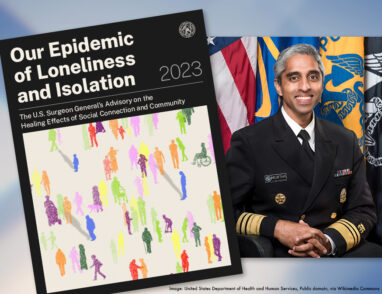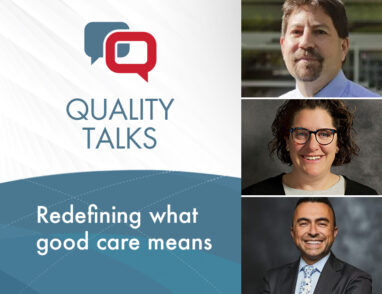COVID-19: Adding Insult To Injury
April 27, 2020 · Andrew Anderson, PHD
Anyone else experiencing COVID-19 news overload? There is literally a ton of information coming from everywhere, every single day.

“This pandemic has impacted our economy and changed the way we live.” “When and how are we going to return to normal life?”. “How to cope with social distancing.” Millions of people are filing for unemployment —reminiscent of the Great Depression.”
These are a just few things in the news lately.
But where is the information on disadvantaged communities? We’re talking about the communities that were already living on the edge with limited resources. With COVID-19, some of them will never truly recover.
What the Statistics Say
The pandemic has unveiled the shameful inequalities in the United States that have existed for centuries. States are reporting alarming racial disparities in COVID-19 related deaths. For example, in Michigan, 40% of deaths were among African Americans, even though only 14% of Michigan’s population is African American. African Americans represent more than 70% of COVID-19 deaths in cities like Chicago, counties like Milwaukee County, and other states like Louisiana. Of the 38 states reporting confirmed COVID-19 cases, only half are providing race-based data for deaths and only 2 are reporting who is getting tested. So, there may be more African Americans impacted than we know.
To add insult to injury, many news outlets are blaming minority communities for having higher rates of chronic disease which make them more susceptible COVID-19. They are also blamed for not taking it seriously enough. Not to mention, there’s this myth going around that claims minorities are disproportionally poor and sick because of their collective choices and moral failings. And that’s simply not true.
The Story Behind the Statistics
Blaming the victim is never the answer. Instead, outlets should highlight the historic and present institutional and economic injustice that has resulted in the underinvestment of schools, hospitals, and housing in minority communities. They should question why students are so heavily dependent on free meals from schools. Or question why a student goes to college to escape housing insecurity. Or why a person has to choose between purchasing medication or food?
Fast forward to COVID-19 and now schools are closed. How does that student get food now? Where does that college student live? People are experiencing job loss. Who pays for the doctor visit or the medicine?
So, what’s the answer?
Great minds need to come together and address the systemic inequities through social policy. If not, a huge opportunity will be missed. Because here is the deal, if we don’t, the next crisis will hit disadvantaged communities even harder. Thus, continuing to add insult to injury.
NCQA and Social Determinants of Health
NCQA’s Patient Centered Medical Home Recognition program encourages identification and quality improvement to address these risk factors. So, join us for Social Determinants of Health in the Medical Home webinar.This webinar explores strategies for collecting comprehensive patient data and outlines practices for incorporating SDOH into risk stratification. Don’t miss out. Register today.








